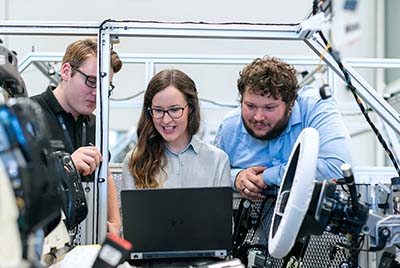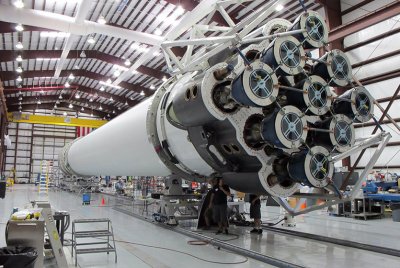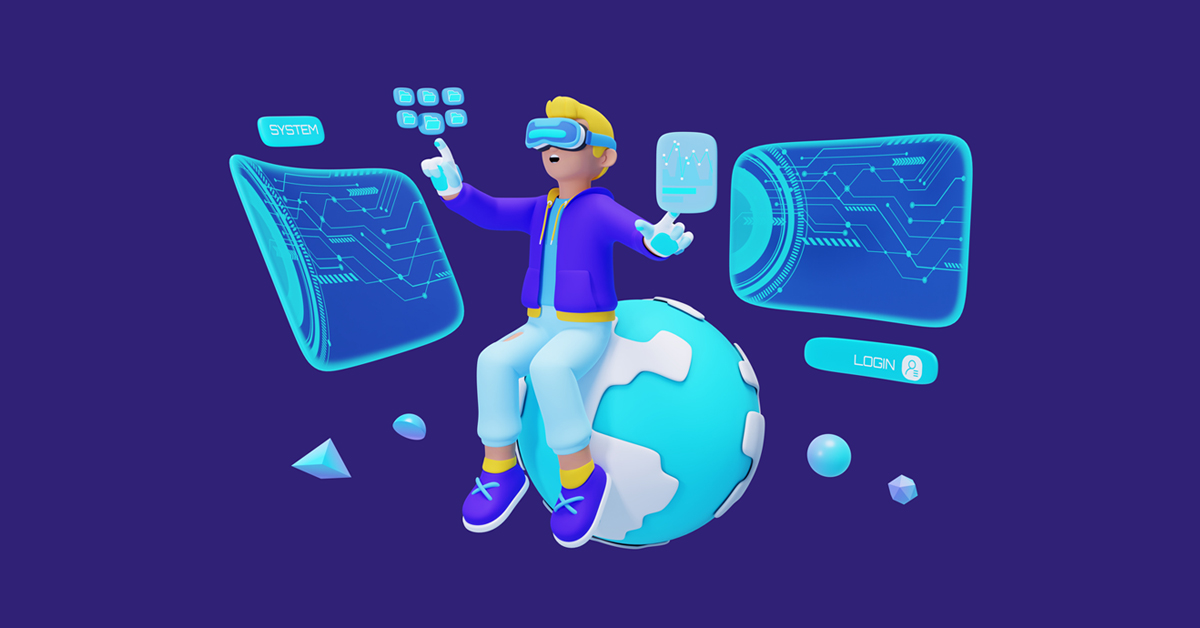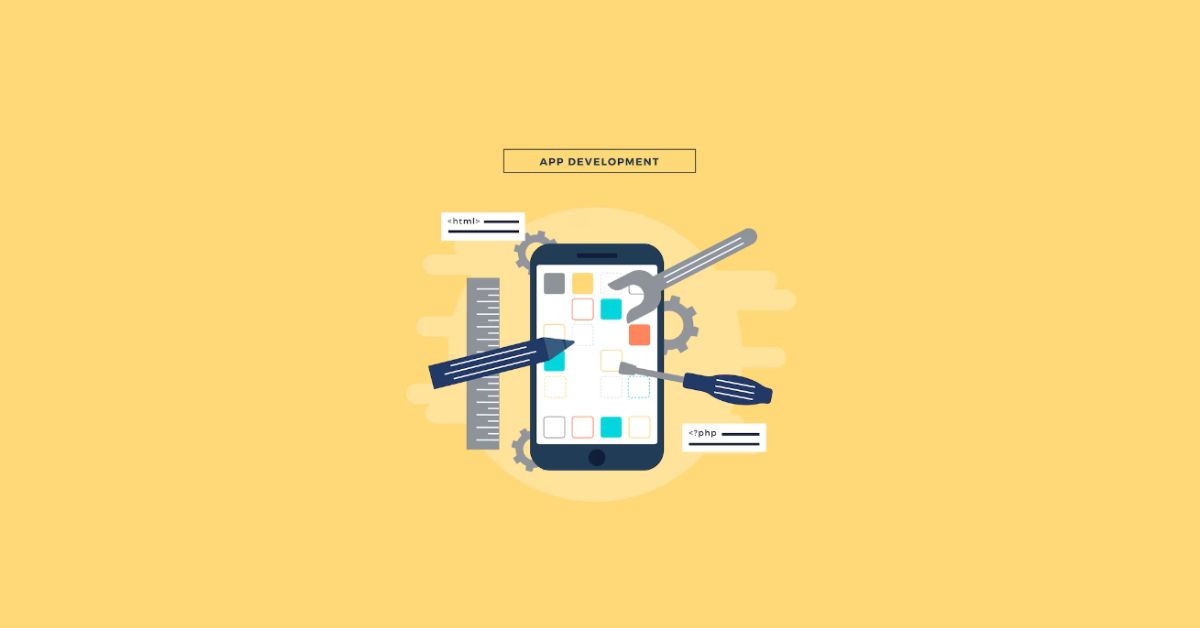The world of technology is constantly evolving, constantly pushing the boundaries of innovation. In the times we live in today, it is technology that has the power to create progress in the world; in any business endeavor or undertaking, technology has a significant role to play in some way or the other. In some ways, the era of technology is here to stay and here to rule! With AI coming to the forefront of creativity to quantum computing, the future of IT is only soaring higher. It seems as if the further time passes by, the acceleration with which technology grows only increases. Let’s take a look at what we think is the future of IT, which holds the key to redefining the way we live, work, and even interact with technology!
1. Artificial Intelligence and Machine Learning
Artificial Intelligence (AI) and Machine learning (ML) as we know it are no longer words of the future. They have become the present and are on their way to making transformative changes in the world of IT. The innate ability of machines to learn, adapt, and make decisions is transforming the way industries work. AI and machine learning are becoming essential components of IT solutions. For every issue, it has a proficient way of providing a solution. AI and machine learning are the drivers of progress as it has the potential to enhance efficiency and drive innovation.
AI and ML are already being used in today’s society to enhance decision-making and automate repetitive jobs. You should anticipate a substantial amount of AI and ML integration across numerous businesses by 2025. It is expected to create waves in the fields of healthcare, finance, education and multiple other avenues of the world.
2. Edge Computing
Edge Computing is emerging as a key player as the requirement for real-time data processing increases. By bringing computation and data sources closer to each other, edge computing reduces latency and improves the overall system performance. Edge computing processes client data as close to the source as feasible at the network’s edge. This aspect is essential for several applications, such as the Internet of Things and autonomous vehicles.
Edge computing brings some processing and storage resources closer to the actual data source and away from the central data centre. Wherever the data is generated, be it a retail store, a factory floor, a giant utility, or a smart city, work is done there rather than inputting raw data to a central data centre for processing and analysis. The only output that is sent back to the leading data centre for review and additional human interactions is the result of that computing effort at the edge, such as real-time business insights, equipment repair projections, or other actionable solutions. Edge computing is reshaping IT and business computing as well.
3. Quantum Computing
Quantum Computing is considered to be the holy grail of computing, which has the potential to revolutionize IT. The rapidly growing field of quantum computing uses the principles of quantum physics to solve puzzles that are too tough for traditional computers to handle. It can perform complex calculations at speeds that are impossible with classical computers. Quantum computing is expected to unlock new prospects in cryptography, optimization, and simulation. It will pave the way for breakthroughs in various scientific and technological domains.
Compared with traditional computing, quantum computing is significantly faster and more powerful. Encryption algorithms that are thought to be unbreakable will be broken by it.
4. The Internet of Things
“The Internet of Things (IoT)” is a network of actual physical objects, including appliances, cars, and other items, that are integrated with software, sensors, and network connectivity, which enables data collection and sharing. These devices, which are commonly referred to as “smart objects,” can be anything from essential “smart home” appliances like smart thermostats to wearables like smartwatches and clothing with RFID capabilities to sophisticated industrial and transportation systems. Technologists are even imagining ioT-based “smart cities” as a whole.
By 2025, it is expected that more cities around the world will become smart cities with the usage of IoT at the forefront. Utilizing the technology of IoT it is expected to improve public services such as transportation, sanitation and public safety. The introduction of IoT sensors will help manage traffic flow, optimize energy use, and detect safety hazards. The IoT technology is transforming the logistics industry by leveraging supply chain visibility and route optimization in real-time. With this, it is expected that businesses will be able to increase the efficiency of their operations by enhancing their entrepreneurial experience.
5. Cybersecurity
With the advance of technology, the dangers it possesses have increased as well. The threats toward technology necessitate the need for cybersecurity. The realm of cybersecurity deals with protecting systems, networks, and programs from digital attacks. Most cyberattacks are usually aimed towards accessing or destroying sensitive information or even extorting money from users. From what we have observed in the trends of technology, the future of IT will witness a severe shift in cybersecurity strategies. Some of the exciting tools that will become standard practices are AI-driven threat detection and blockchain technology for secure transactions. These traditional practices are meant to assist in the safeguarding of digital assets.
Conclusion
In conclusion, even though technology will still be a significant influence on our world. It is essential to always keep in mind that it is merely a tool. In the end, it is the responsibility of both individuals and businesses to use technology in a way that is advantageous to all. Technological innovations, such as cloud computing, IoT, AI, and machine learning, will boost productivity and convenience. Through diligence, flexibility, and accountability, companies can guarantee that technology advances for years to come.
Technology is a tool meant to help you and enhance your life.
FAQS
While many jobs are repetitive and monotonous for human beings, they might become automated. However, the requirement for human resources will always be more significant and will meet the demands of the world of technology.
There are a few risks associated with the usage of AI; however, not all of them are dangerous. Some of the risks associated with the use of AI include consumer privacy, biased programming, and unclear legal regulation.
Problems that would take millions of years for today’s supercomputers to solve could be solved in minutes by quantum computers. The field of quantum computing is rapidly approaching a point where computers of the future could solve problems in minutes that would take millions of years for today’s supercomputers to solve.
















